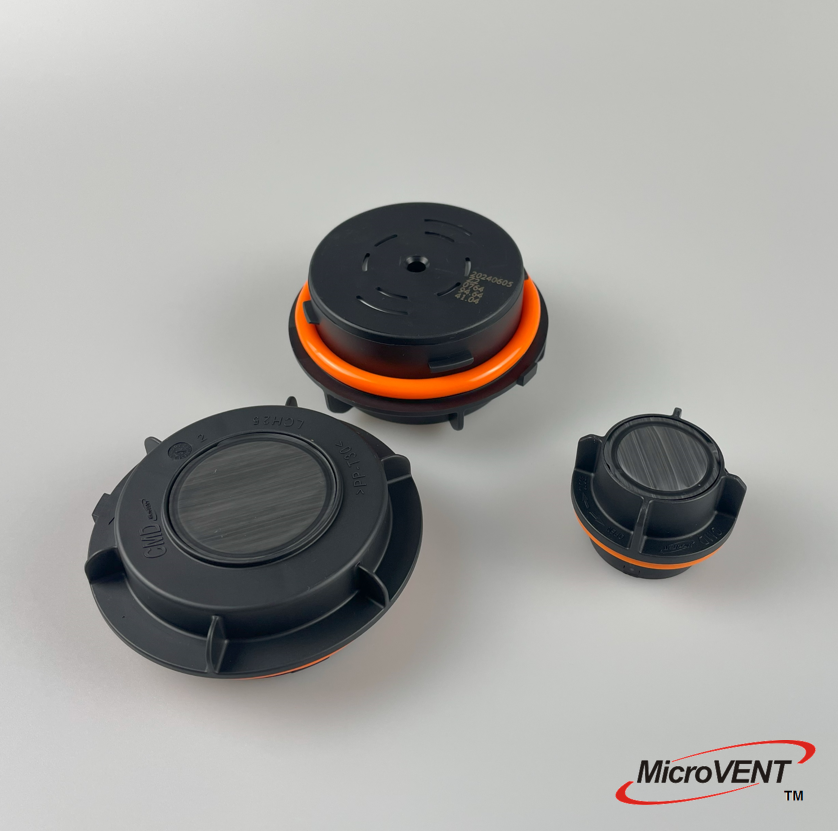car lighting cmd
The car lighting cmd represents a revolutionary advancement in automotive illumination control systems, serving as the central command module that orchestrates all vehicle lighting operations. This sophisticated electronic control unit manages everything from headlights and taillights to interior ambient lighting and emergency signals. The car lighting cmd integrates seamlessly with modern vehicle architectures, providing intelligent control over various lighting scenarios while ensuring optimal safety and energy efficiency. At its core, the car lighting cmd utilizes advanced microprocessor technology to monitor environmental conditions, driver inputs, and vehicle status to automatically adjust lighting parameters. The system incorporates light sensors that detect ambient brightness levels, enabling automatic headlight activation during dawn, dusk, or tunnel passages. Additionally, the car lighting cmd features adaptive lighting capabilities that adjust beam patterns based on steering input and vehicle speed, ensuring maximum road illumination without blinding oncoming traffic. The technological framework of the car lighting cmd includes CAN bus communication protocols, allowing seamless integration with other vehicle systems such as the engine control unit, transmission controller, and safety systems. This interconnectivity enables coordinated responses during various driving scenarios, such as automatically activating hazard lights during emergency braking or adjusting interior lighting based on door status. The car lighting cmd also supports LED and HID lighting technologies, providing precise current regulation and thermal management to extend bulb lifespan and maintain consistent light output. Furthermore, the system incorporates diagnostic capabilities that continuously monitor lighting circuit integrity, detecting failures and alerting drivers through dashboard indicators. The car lighting cmd finds applications across diverse vehicle segments, from compact cars to luxury sedans and commercial vehicles, adapting its functionality to meet specific requirements and regulatory standards in different markets worldwide.


